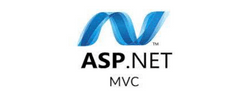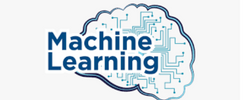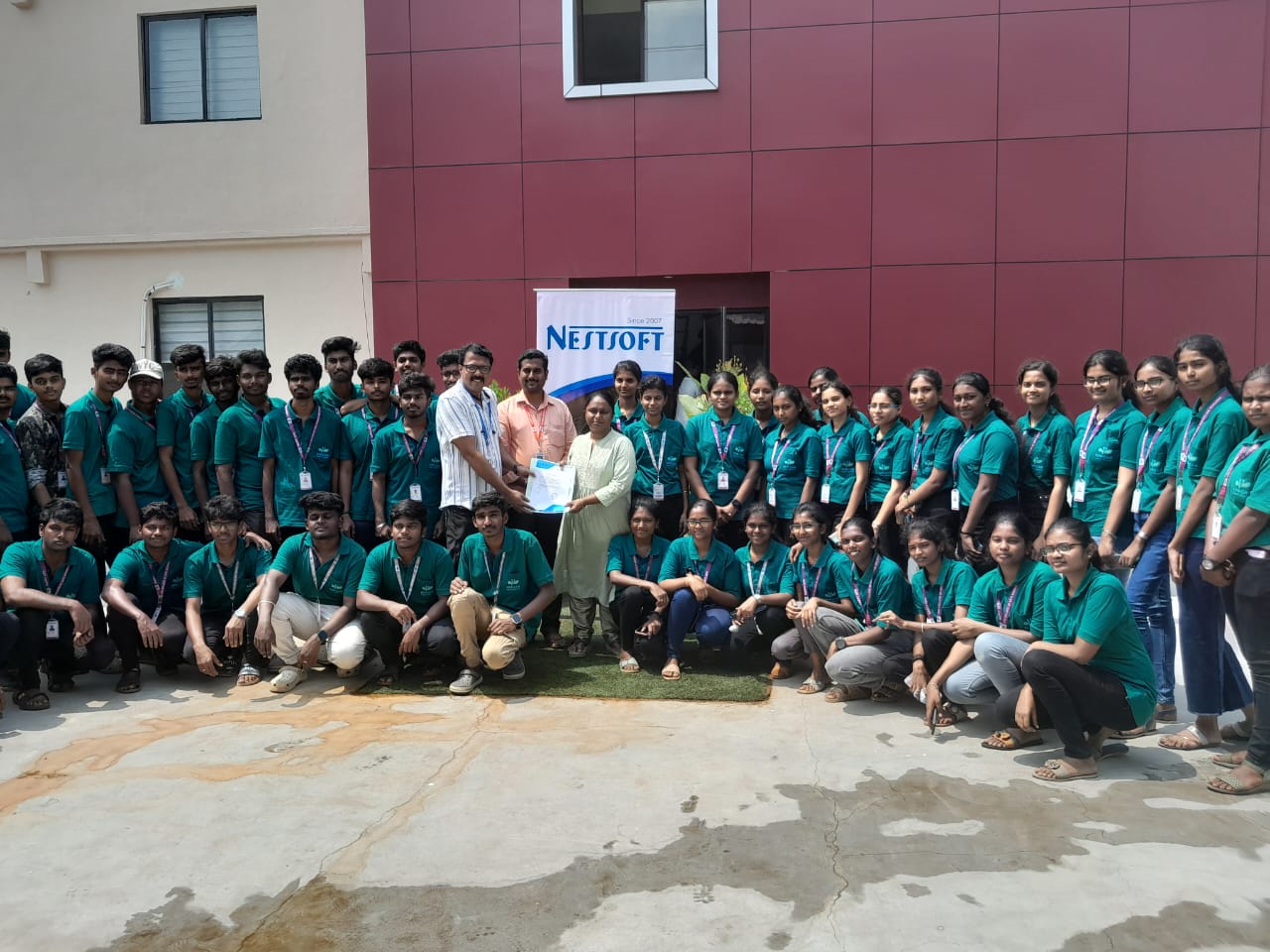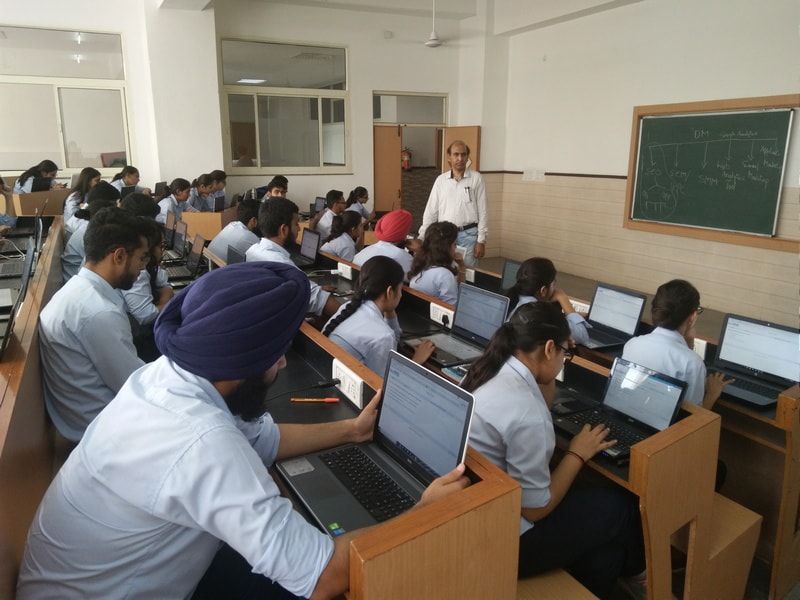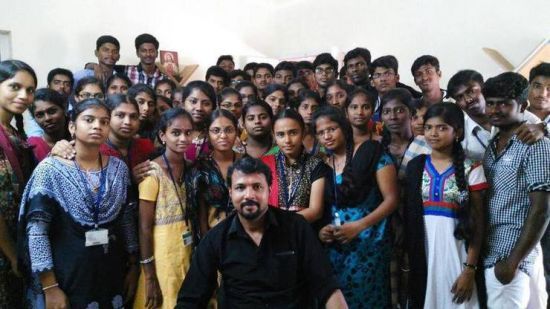Deep Learning Training by Experts
Our Training Process

Deep Learning - Syllabus, Fees & Duration
MODULE 1
- Introduction to Tensor Flow
- Computational Graph
- Key highlights
- Creating a Graph
- Regression example
- Gradient Descent
- TensorBoard
- Modularity
- Sharing Variables
- Keras Perceptrons
- What is a Perceptron?
- XOR Gate
MODULE 2
- Activation Functions
- Sigmoid
- ReLU
- Hyperbolic Fns, Softmax Artificial Neural Networks
- Introduction
- Perceptron Training Rule
- Gradient Descent Rule
MODULE 3
- Gradient Descent and Backpropagation
- Gradient Descent
- Stochastic Gradient Descent
- Backpropagation
- Some problems in ANN Optimization and Regularization
- Overfitting and Capacity
- Cross-Validation
- Feature Selection
- Regularization
- Hyperparameters
MODULE 4
- Introduction to Convolutional Neural Networks
- Introduction to CNNs
- Kernel filter
- Principles behind CNNs
- Multiple Filters
- CNN applications Introduction to Recurrent Neural Networks
- Introduction to RNNs
- Unfolded RNNs
- Seq2Seq RNNs
- LSTM
- RNN applications
MODULE 5
- Deep learning applications
- Image Processing
- Natural Language Processing
- Speech Recognition
- Video Analytics
This syllabus is not final and can be customized as per needs/updates




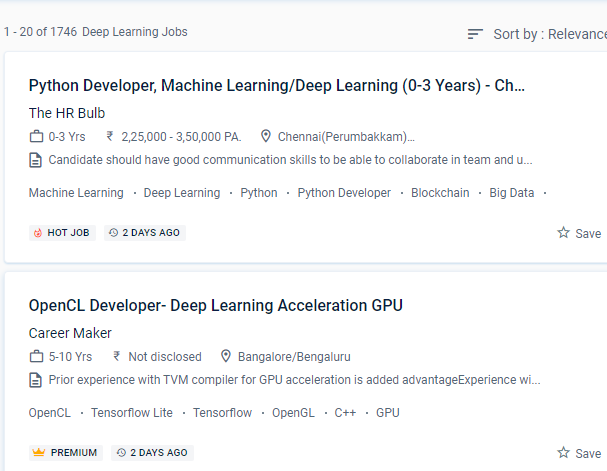
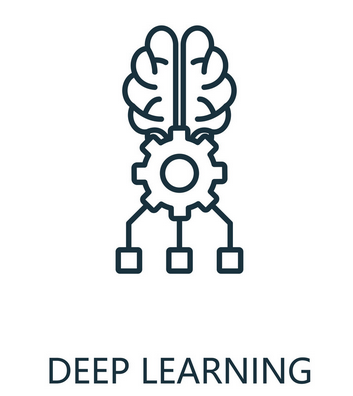 Rather than being numerical, the majority of the data is in an unstructured format, such as audio, image, text, and video. Python is the language of deep learning. Deep learning is important because it automates feature generation, works well with unstructured data, has improved self-learning capabilities, supports parallel and distributed algorithms, is cost-effective, has advanced analytics, and is scalable.
Participants in the deep learning course should have a thorough understanding of the principles of programming, as well as a solid understanding of the fundamentals of statistics and mathematics, as well as a clear grip on the critical knowledge portions of machine learning. This deep learning course in Ang Mo Kio is mainly recommended for software engineers, data scientists, data analysts, and statisticians who are interested in deep learning. Deep learning has become increasingly significant for commercial decision-making since it is very adept at processing such forms of data. One of the key benefits of employing deep learning is its capacity to perform feature engineering on its own. Deep learning models in the real world could be used for driverless cars, money filtration, virtual assistants, facial recognition, and other applications. Deep learning algorithms are employed in a variety of industries, from automated driving to medical gadgets. Deep learning is a type of learning that entails Specialization in Ang Mo Kio will assist you in learning the fundamental ideas of deep learning, as well as understanding the problems, repercussions, and capacities of deep learning, as well as allowing you to contribute to the advancement of cutting-edge technology.
Rather than being numerical, the majority of the data is in an unstructured format, such as audio, image, text, and video. Python is the language of deep learning. Deep learning is important because it automates feature generation, works well with unstructured data, has improved self-learning capabilities, supports parallel and distributed algorithms, is cost-effective, has advanced analytics, and is scalable.
Participants in the deep learning course should have a thorough understanding of the principles of programming, as well as a solid understanding of the fundamentals of statistics and mathematics, as well as a clear grip on the critical knowledge portions of machine learning. This deep learning course in Ang Mo Kio is mainly recommended for software engineers, data scientists, data analysts, and statisticians who are interested in deep learning. Deep learning has become increasingly significant for commercial decision-making since it is very adept at processing such forms of data. One of the key benefits of employing deep learning is its capacity to perform feature engineering on its own. Deep learning models in the real world could be used for driverless cars, money filtration, virtual assistants, facial recognition, and other applications. Deep learning algorithms are employed in a variety of industries, from automated driving to medical gadgets. Deep learning is a type of learning that entails Specialization in Ang Mo Kio will assist you in learning the fundamental ideas of deep learning, as well as understanding the problems, repercussions, and capacities of deep learning, as well as allowing you to contribute to the advancement of cutting-edge technology.





